So you want to know how to sharpen a power grip carving tool? Power grip carving tools are power-operated wood carving tools. It is primarily intended for carving decorative designs on the grip areas of rifle stocks to make them more attractive and improve grip.
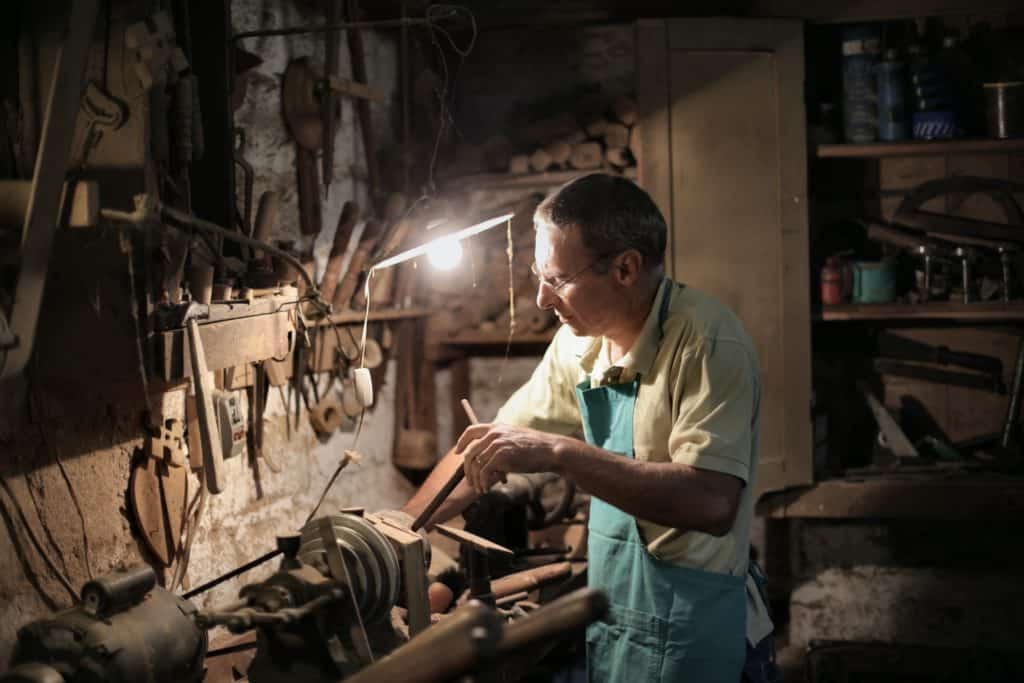
There are three ways in which power grip carving tools are sharpened.
• Sharpening
If your carving tools have worn or chipped edges, you first need to straighten up the edges.
• Honing
After you establish a roughly sharp edge, it is time for honing. The honing process will make the blade strong enough to use.
• Stropping
The final stage of sharpening your wood carving tools is stropping.
These will be explained in detail below.
Sharpening
If your carving tools have worn or chipped edges, you first need to straighten up the edges. To sharpen, we need to remove steel from the end of the blade to create an edge. One can use a horizontal belt sander with a 150-grit disk for this operation, which will straighten up your gouges’ edges perfectly.
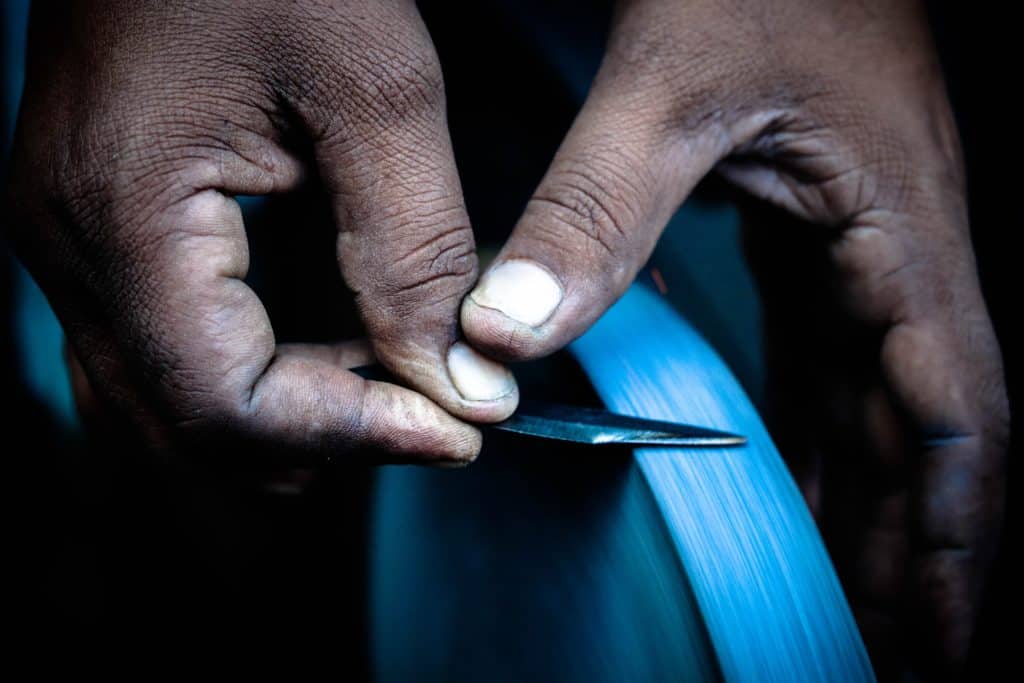
When using power sanders for sharpening operations, caution must be taken because the high speed of the disk generates a lot of heat very quickly, and that amount of heat is enough to take the temper out of the blade. A container of cold water must be kept on the table and constantly dip the edge in the water during the operation.
Honing
After you have produced an approximately sharp edge, it is time for honing. Honing is the process of straightening the blade you just made. With honing, we make the blade sharp enough for use. This process can be done with sharpening stones or with bonded sandpaper. Most sharpening stones require a lubricant in oil or water because it facilitates cutting and prevents metal particles from getting stuck in the stone.
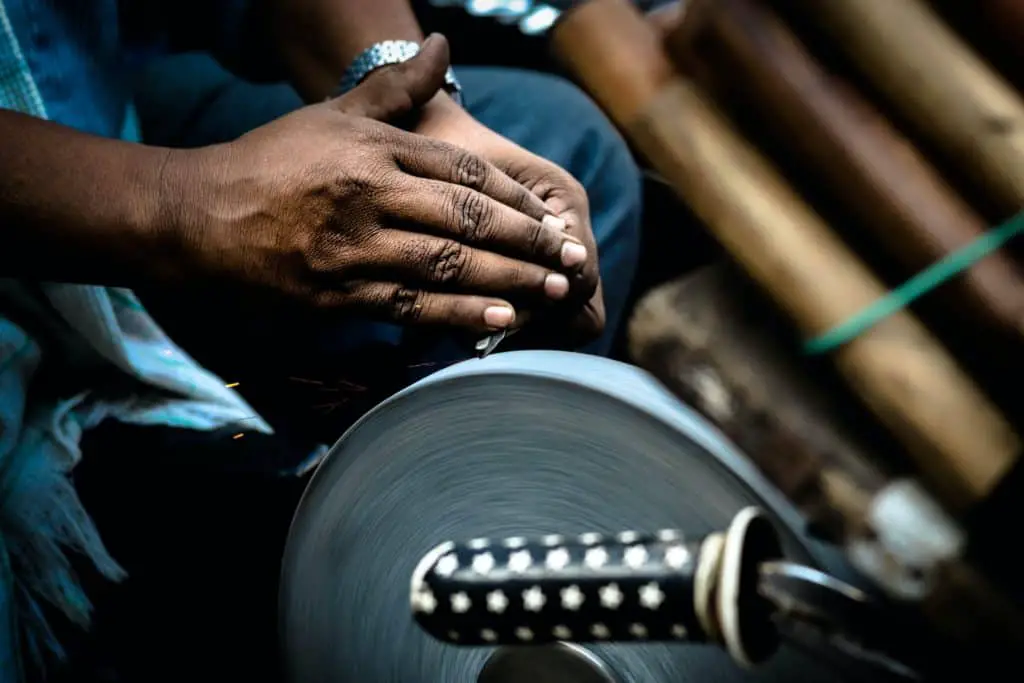
There are four types of sharpening stones:
- Oil stones
Oil stones use oil as a lubricant to keep the fine metal particles generated by the sharpening process from embedding into the stone’s surface. The oil is used to float away particles of metal that accumulate on the surface of your sharpening stones.
2. Water stones.
Water stones use water for lubricant. They sharpen quickly and come in the coarse grits required for flattening and man grits during the polishing stage. Rough water stones are usually soaked in water, but finer grits require a spray before sharpening.
3. Ceramic stones
Fast, easy, and durable. They are non-lubricating, putting an end to the need for oil, water, and clean-up. The dark stone is for shaping and the initial sharpening stage. The white stone begins the final honing and polishing process.
4. Diamond stones
Diamond sharpening stones are gaining popularity owing to their fast-cutting properties. While diamond stones are best as far as efficiency is concerned, they can also damage easily. Moreover, diamonds tend to be quite sharp and potentially create deep scratches on the blade. These can easily be used without any lubricant.
5. Whetstones
These are gaining popularity quite quickly. They are essentially composed of a white fused form of aluminium grit balanced in resin. While some best whetstone requires soaking for a brief time, others are good to go after a splash of water. The whetstones come in a lot of variety depending upon the feel required by the user. Water stones serve as the best whetstone for stainless steel.
6. Honing Oil
It is a highly refined oil and excellent for lubricating your stone when sharpening. Remember, you should never use an Arkansas stone without some lubricant, or you will clog up the pores, and it will not sharpen properly.
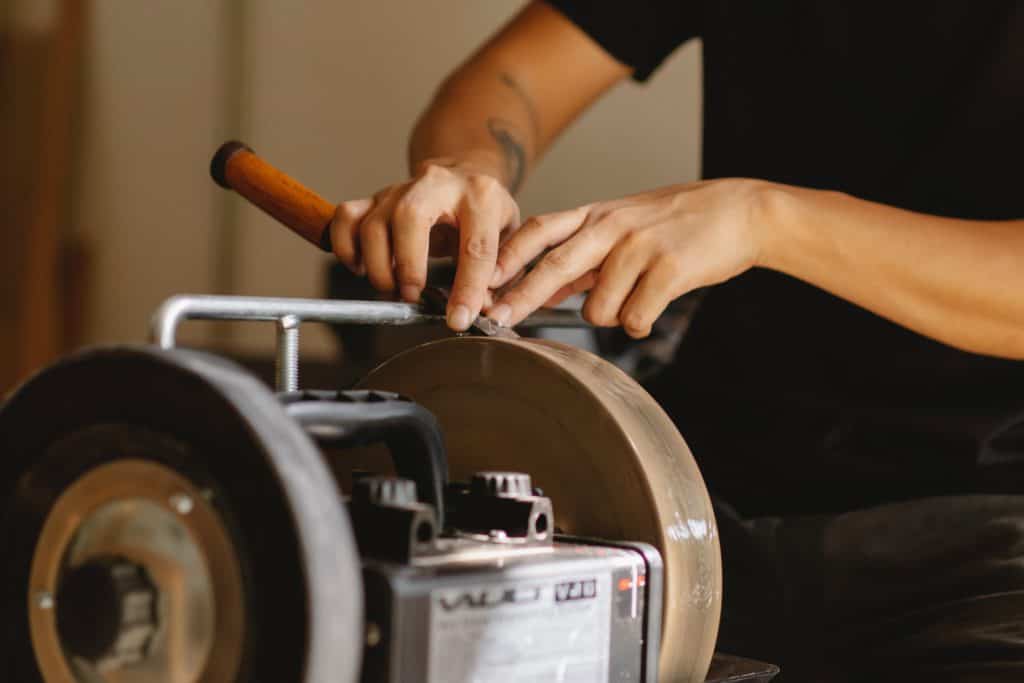
Ceramic and diamond stones don’t require lubricants. Diamond stones are most commonly used to sharpen carbide wood carving tools. Ceramic stones and diamond stones do not require any lubrication. They need regular cleaning with soap and water.
Factors to consider when choosing a stone.
- Choose a stone that does not require oil as a lubricant. Most stones, except oilstones, work very well with water as the lubricant. It is not only difficult to clean up when it escapes from the surface of the rock, but it can also put undesirable stains on your project, not to mention the mess on your hands and clothes.
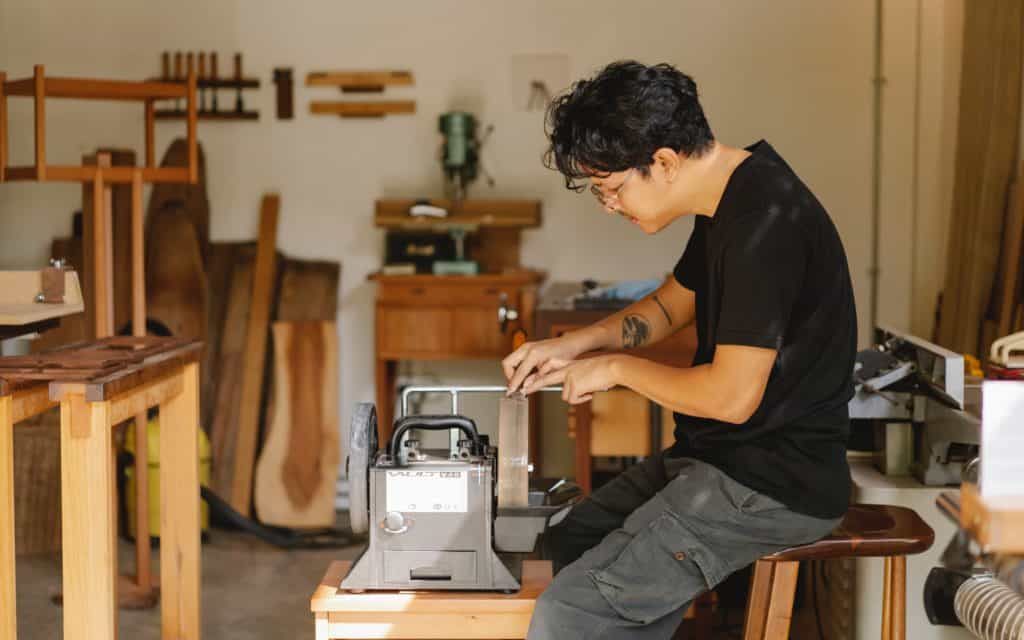
2. It is an excellent idea to own both a medium and a fine stone to cover a range of sharpening needs.
Stropping
The final stage of sharpening your wood carving tools is stropping. This refers to further refining the edge to a point where the device is better and smoother. A proper strop must have two sides, one of rough leather and one of smooth hide. A good layer of strop compound must be applied on the rough leather side. For a new tool, about 15 strokes per side are enough. Flip the strop over and work the device across the smooth leather. Smooth leather gives that wonderfully polished look.
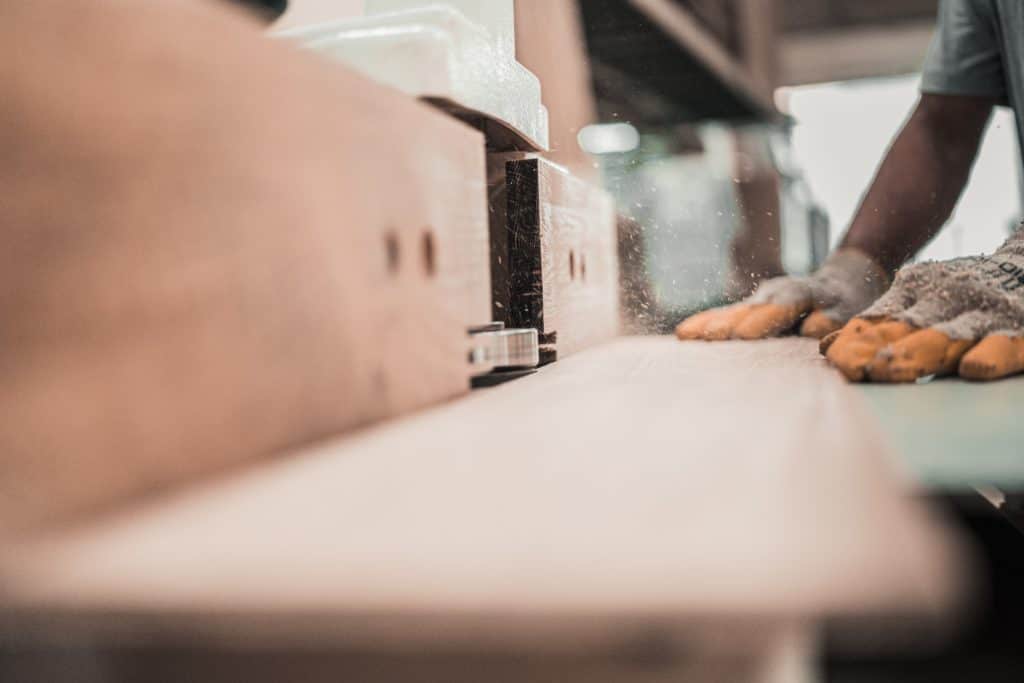
Many different strop compounds can be used and are availed to one when buying a strop. Once done, if the tool has no shine, it simply means the job was a success. A strop typically comprises leather-backed with a board or other solid and flat material. Stropping serves to polish the edge and remove the burr. A carver’s strop consists of a piece of stiff leather glued to a piece of wood. Two popular abrasives are aluminium oxide and chromium oxide, available in a powder, paste, or stick form.
The sandpaper method
Another way to sharpen a carving tool is the sandpaper method. This method is fast, as it does not require much effort from the user. It is a cheaper method and very simple. It also gives you the sharpest edges you have ever experienced.
Whether you are just beginning to carve or are an experienced carver, using sharp tools is invaluable. Most of the methods presented will reward you with a razor-sharp edge. Treat the device with care when sharpening it.
- Grain and Sheen: Teak Oil versus Danish Oil Uncovered - January 10, 2024
- The Cherry on Top: Crafting the Perfect Cutting Board - January 9, 2024
- Polyurethane Water-Based vs Oil-Based: Choosing the Right Finish - January 8, 2024